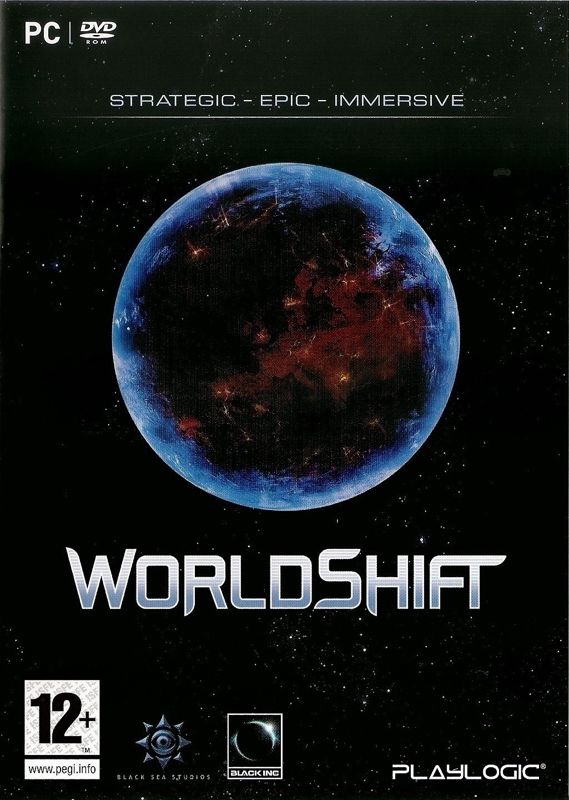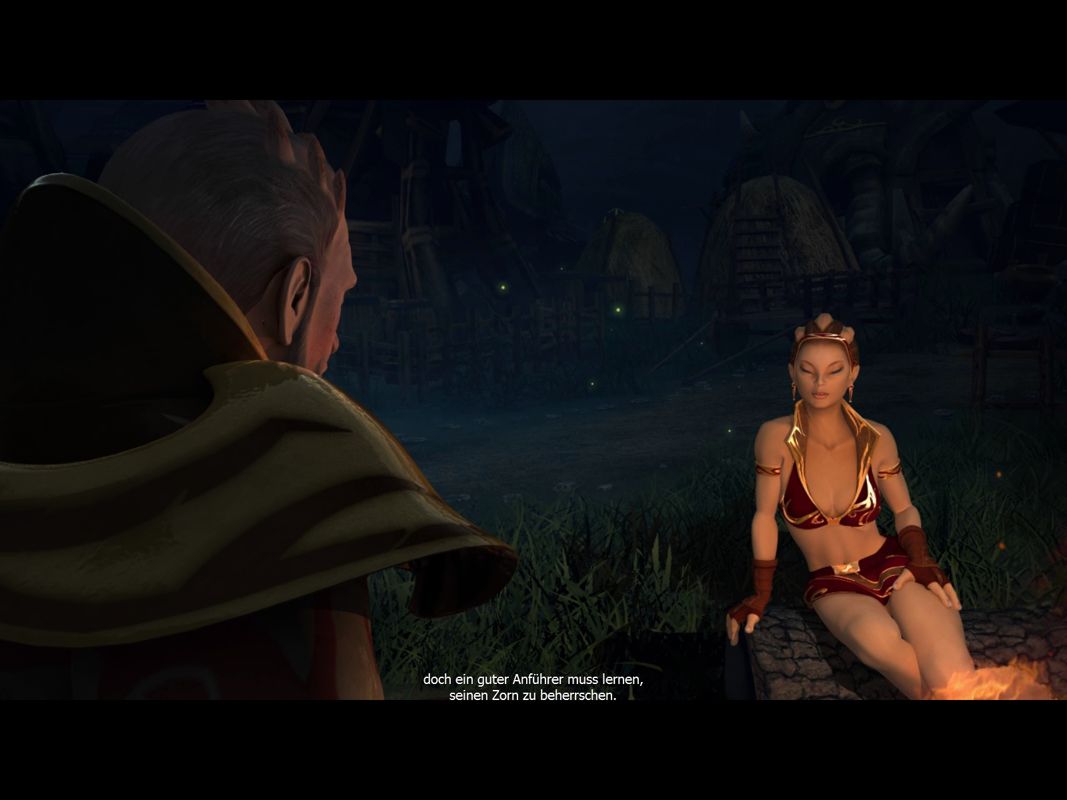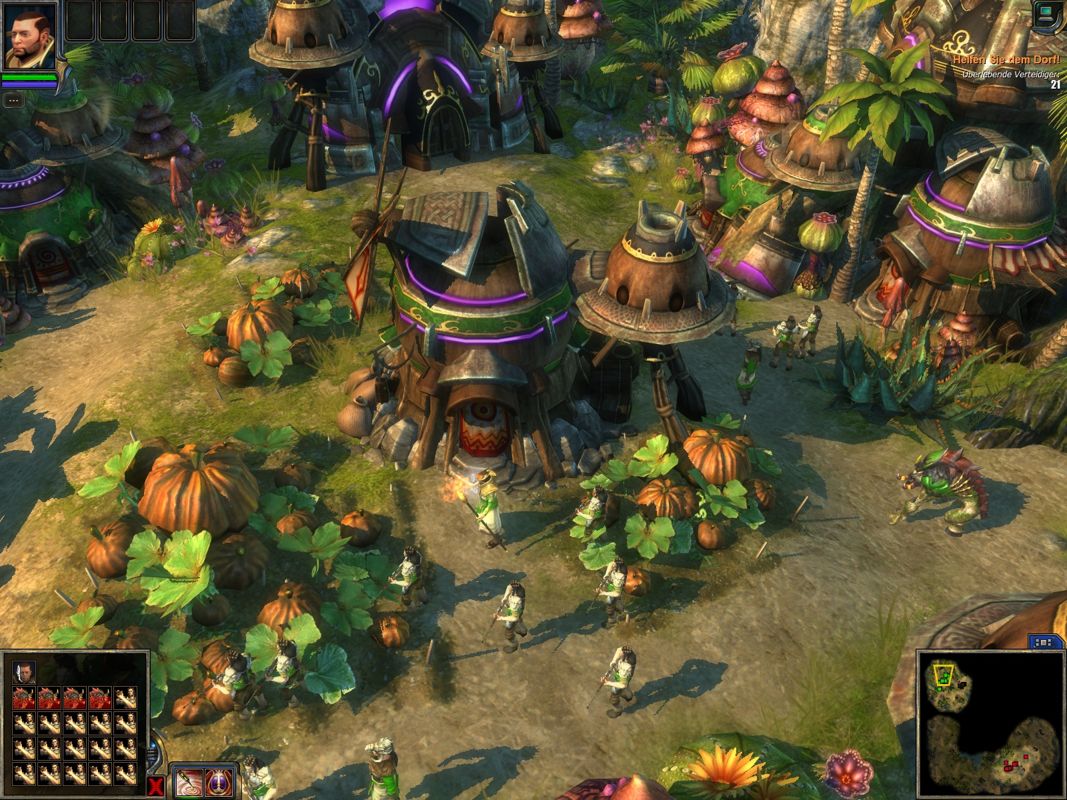Retro Replay Review
Gameplay
WorldShift blends traditional real-time strategy mechanics with light RPG elements, offering both solo and multiplayer experiences. In campaign mode, you command a pre-defined set of units and heroes, each with unique abilities and upgrade paths. The inclusion of recruitment points forces strategic choices before battle, as you decide whether to field numerous basic soldiers or invest heavily in a powerful Hellfire unit that consumes nearly a quarter of your total points.
(HEY YOU!! We hope you enjoy! We try not to run ads. So basically, this is a very expensive hobby running this site. Please consider joining us for updates, forums, and more. Network w/ us to make some cash or friends while retro gaming, and you can win some free retro games for posting. Okay, carry on 👍)
The heart of WorldShift lies in its multiplayer modes, which include cooperative PvE maps and competitive PvP battles. In co-op, teams of players explore open maps infested with mutated creatures and powerful bosses, gathering artifacts and Xenoshards to boost their heroes. The limited squad sizes and finite resources heighten the tension, encouraging careful unit preservation and smart use of resurrection abilities when available.
For PvP enthusiasts, WorldShift offers three distinct battle types: Deathmatch, Training, and Skirmish. These play very much like classic base-building RTS games—gather Xenolit, erect defenses, and recruit both standard troops and hero units to overwhelm your foes. Randomly generated maps ensure that no two matches are alike, demanding map awareness and adaptive tactics. If human opponents are scarce, AI-controlled bots stand ready to test your skills at varying difficulty levels.
Progression in WorldShift is driven by artifact acquisition and talent investment. Artifacts and rewards can enhance a hero’s combat prowess or strengthen an entire unit type, with a limited number of inventory slots per faction. Xenoshards, on the other hand, are spent on a talent tree that unlocks new spells and passive bonuses. Because these choices carry over between modes, the game rewards long-term planning and experimentation.
Graphics
WorldShift’s visual style captures the stark beauty and danger of its post-apocalyptic world. The shattered landscapes of north-east Siberia are rendered in muted grays and rusted browns, punctuated by the eerie glow of The Shard’s aura. Ruined MegaCities loom on the horizon, their steel-and-concrete walls stained by time and plague.
Unit and hero models display a surprising amount of detail for a mid-2000s RTS. Human soldiers wear patchwork armor and improvised weapons, while the mutated Tribes sport grotesque mutations and bioluminescent markings that hint at their newfound powers. Spell and ability effects are vibrant without overwhelming the battlefield, striking a pleasing balance between clarity and spectacle.
Environmental effects—dust storms, flickering lightning near The Shard, and dynamic day-night transitions—enhance immersion. On higher settings, shadows and particle effects bring fights to life, though players on older hardware may need to dial back detail levels to maintain smooth framerates in large-scale battles.
Story
WorldShift opens at the end of the 21st century, when a colossal alien structure known as “The Shard” appears in Pluto’s orbit. Its deadly aura, dubbed “the plague,” spreads inward toward Earth, mutating life and warping reality. Though humanity cannot divert the Shard’s course, it ultimately lands in Siberia, triggering centuries of devastation and transformation.
By the time players arrive, civilization has fractured into five fortified MegaCities, sealed off from the plague-ravaged wilderness. Mutated survivors—now called the Tribes—wield strange powers granted by the aura. Meanwhile, a mysterious faction known only as The Cult emerges, its motives inscrutable but seemingly linked to the Shard’s origin. This three-way conflict sets the stage for a campaign that sees you stepping into the boots of a Lord Commander, striving to secure resources and unravel dark secrets.
The narrative unfolds through mission briefings, in-engine cutscenes, and tense battlefield objectives. While the human campaign offers a more linear storyline, co-op missions provide glimpse into the Tribes and Cult, deepening your understanding of how each faction has adapted. Though the plot sometimes leans on familiar sci-fi tropes, the world-building and faction dynamics keep the story engaging from start to finish.
Overall Experience
WorldShift excels at fusing light RPG progression with classic RTS gameplay, creating a variety of modes that cater to solo players, co-op teams, and competitive enthusiasts. The strategic depth of recruitment-point allocation and artifact management rewards thoughtful play, while random map generation in PvP ensures high replayability.
Visually, the game holds up surprisingly well, with detailed models and atmospheric effects that capture its post-apocalyptic setting. Performance is solid across most mid-range systems, though a few graphical options may need to be tweaked for large battles. The UI is functional but occasionally cluttered when tracking multiple heroes and their talents.
While the single-player campaign provides a compelling introduction to the world of the Shard, multiplayer is where WorldShift truly shines. Cooperative missions foster teamwork, and the competitive modes offer a satisfying challenge for RTS veterans. Newcomers may face a learning curve in mastering hero abilities and resource management, but the payoff is a rich, strategic experience that remains engaging long after the campaign concludes.
In summary, WorldShift is a worthy title for fans of hybrid strategy-RPG games. Its combination of varied modes, deep unit customization, and atmospheric world-building makes it an excellent choice for players seeking both tactical depth and narrative intrigue.
 Retro Replay Retro Replay gaming reviews, news, emulation, geek stuff and more!
Retro Replay Retro Replay gaming reviews, news, emulation, geek stuff and more!









Reviews
There are no reviews yet.